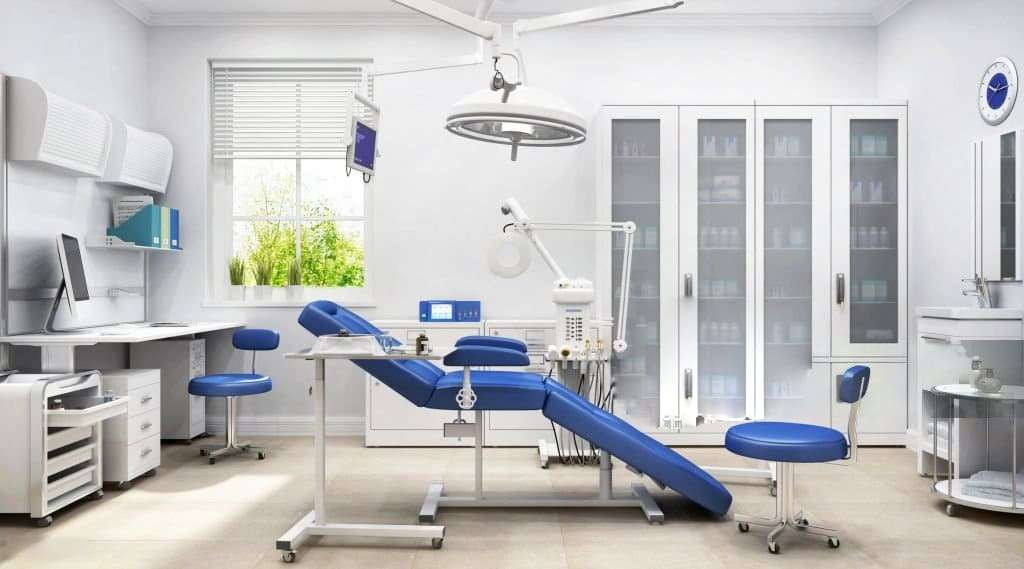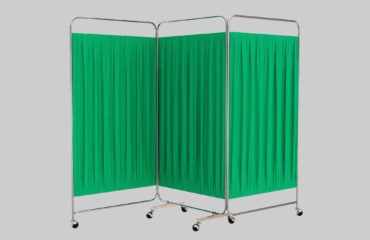The selection of colors in hospital furniture plays a crucial role in creating a healing environment, influencing patient comfort, staff efficiency, and overall atmosphere.

Here are several key points highlighting the importance of color selection in hospital furniture:
Psychological Impact on Patients
- Calming Effects: Colors like blue and green are known for their calming and soothing effects, which can help reduce patient anxiety and stress. These colors are often used in patient rooms and waiting areas to create a tranquil environment.
- Mood Enhancement: Warm colors such as soft yellows and oranges can create a welcoming and uplifting atmosphere, which can positively affect patients’ mood and contribute to a sense of well-being.
Influence on Healing and Recovery
- Positive Distraction: Certain colors and bedside screen can serve as positive distractions that help patients focus away from pain and discomfort. For example, soft pastel colors can provide a gentle visual stimulus that promotes relaxation.
- Stimulating Recovery: Bright and cheerful colors can stimulate mental and physical activity, aiding in faster recovery. These colors are often used in rehabilitation areas and physical therapy rooms.
Impact on Staff Performance and Well-being
- Reducing Fatigue: Appropriate color choices can reduce visual fatigue for healthcare staff. Cool and neutral colors can create a more comfortable working environment, enhancing focus and productivity.
- Stress Reduction: Calming color schemes in staff lounges and break areas can help reduce stress and provide a peaceful retreat, contributing to overall job satisfaction and well-being.
Enhancing Safety and Functionality
- Wayfinding and Orientation: Colors can be used strategically for wayfinding, helping patients and visitors navigate the hospital more easily. For example, different colors can designate different departments or pathways.
- Highlighting Zones: Using color to differentiate areas can improve functionality. For instance, high-contrast colors can highlight critical zones, such as emergency exits and nurse stations, enhancing safety and efficiency.
Creating a Welcoming Environment
- First Impressions: The color of hospital furniture can significantly impact first impressions. A well-coordinated color scheme in the lobby and reception areas can create a welcoming and professional atmosphere.
- Comfort and Familiarity: Home-like colors and designs can make hospitals feel less clinical and more comforting, helping patients feel more at ease during their stay.
Cultural and Demographic Considerations
- Cultural Sensitivity: Different cultures may have varying associations with colors. Understanding these associations can help in selecting colors that are culturally appropriate and sensitive to the hospital’s patient demographic.
- Age Appropriateness: Color preferences can vary with age. Pediatric wards may use bright, vibrant colors to create a cheerful environment for children, while geriatric units might use more subdued tones to provide a calm and comfortable setting for older patients.
Maintaining Cleanliness and Hygiene
- Stain Concealment: Certain colors and patterns can help conceal stains and wear, maintaining a clean and professional appearance over time. This is particularly important in high-traffic areas.
- Perception of Cleanliness: Light and neutral colors can enhance the perception of cleanliness and hygiene, which is crucial in healthcare settings. These colors can make spaces feel brighter and more sanitized.
Conclusion
The thoughtful selection of colors in hospital furniture is not just an aesthetic choice but a strategic component of creating a therapeutic environment. By understanding the psychological, functional, and cultural impacts of color, healthcare facilities can enhance patient care, improve staff well-being, and create a more efficient and welcoming environment.


